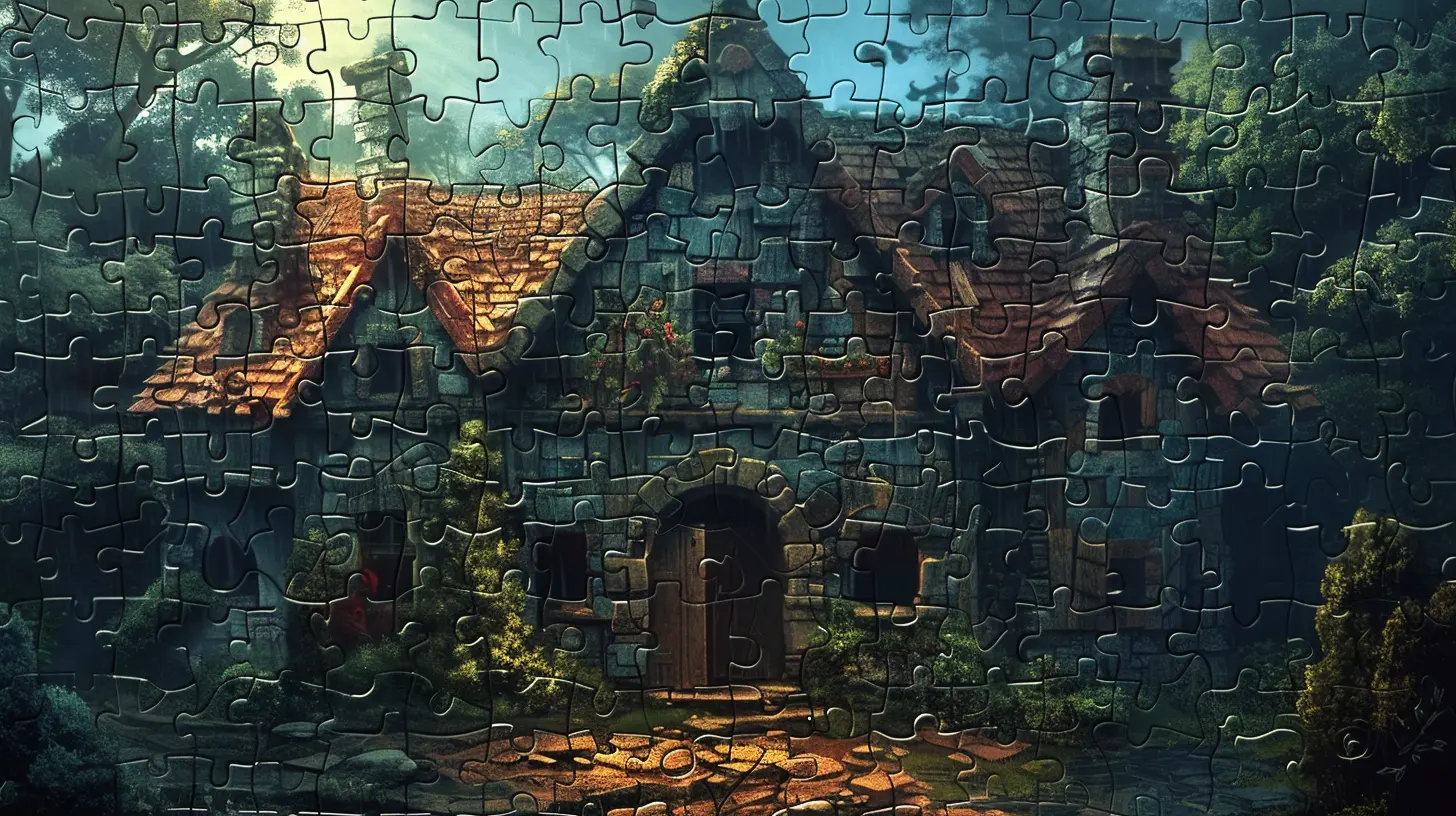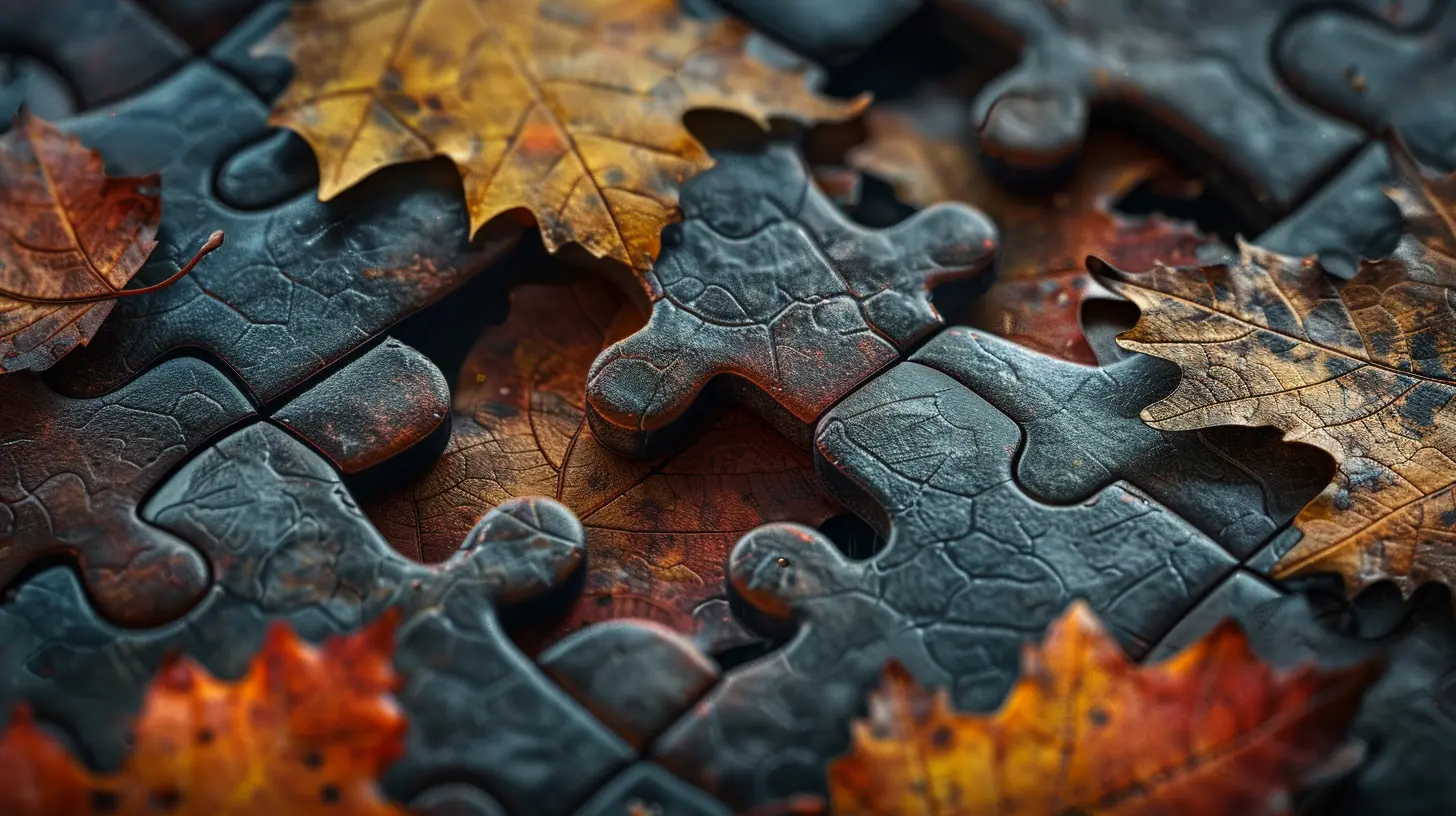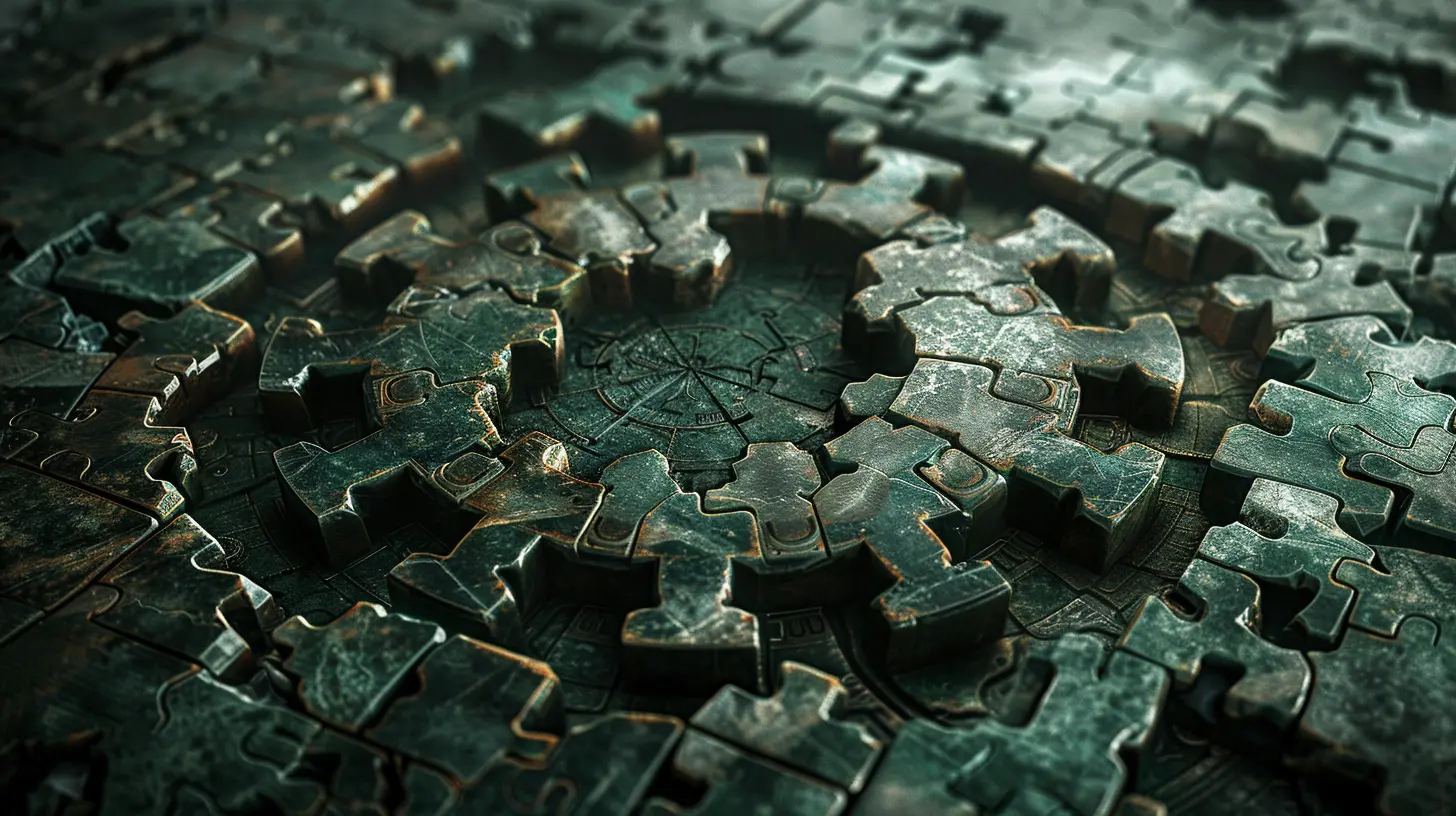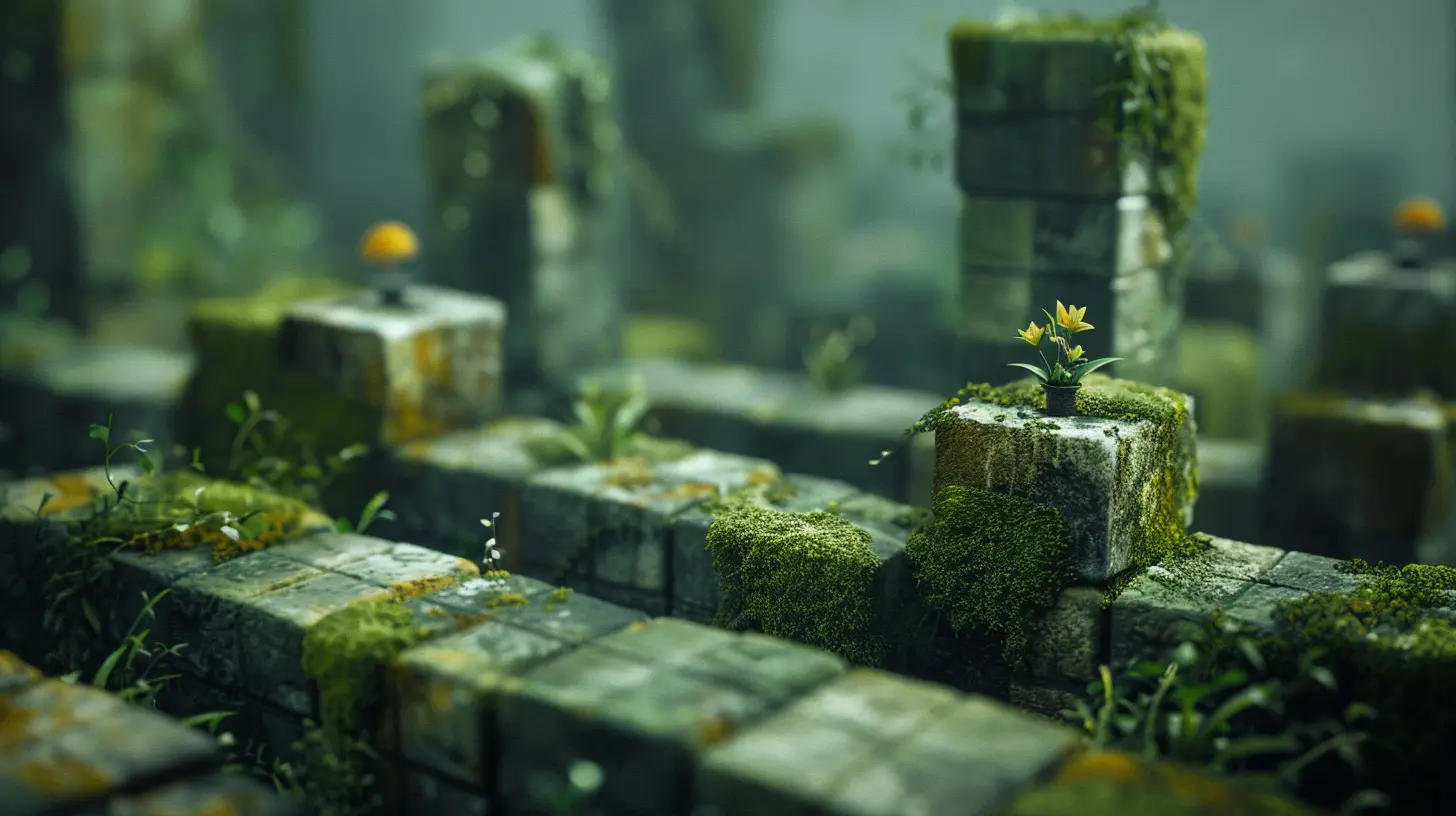Designing In-Game Puzzles That Challenge, Not Frustrate
15 July 2025
Ever thrown your controller across the room? We've all been there—staring hopelessly at an in-game puzzle that feels more like a punishment than a challenge. Puzzles should make players think, not rage-quit. So, how can designers create in-game brainteasers that are satisfying rather than soul-crushing?
In this article, we're diving headfirst into the art and science of designing puzzles that hit the sweet spot: difficult enough to make you feel smart, but not so tough they make you feel dumb. Whether you're a game designer or just a curious gamer, we’ll break it down into pieces that are easy to digest.
Why Puzzles Matter in Games
Puzzles are more than just glorified roadblocks. When done right, they add depth to gameplay, reward problem-solving, and even enhance storytelling. Think of them as the seasoning that adds flavor—without them, the experience can feel bland or too linear.Games like The Legend of Zelda, Portal, and The Witness have shown us that puzzles can do more than just stall progress; they can be the reason people fall in love with a game.
The Line Between Challenge and Frustration
Let’s be real: challenge is good. Painfully-mind-numbing frustration? Not so much. The line is thin—but crucial.So what separates a great puzzle from a terrible one?
- A great puzzle feels fair.
- A terrible puzzle feels like you need a PhD and four hands to solve it.
- A great puzzle rewards creativity.
- A terrible puzzle penalizes you for thinking outside the box.
The goal is to challenge the player, not insult their intelligence or trick them with cheap tricks.
Understand Your Player's Mindset
Before dropping that puzzle into your game, ask yourself: who’s playing this?Beginner players? Give them a helping hand. Hardcore puzzle-lovers? Crank it up a bit. But no matter your target audience, remember—puzzle-solving should feel like an accomplishment, not a chore.
Design with empathy. Understand that players come in with different strategies, attention spans, and even accessibility needs. Frustration often happens when a puzzle expects players to think in only one way.
Set Expectations Early On
Nothing’s worse than a puzzle that breaks all the rules you just spent hours learning.Set clear expectations. If doors usually open with levers, don’t suddenly require a trapeze act and a riddle about the Fibonacci sequence. Consistency builds trust between the game and the player. Break that trust? You’re risking rage-quits and negative reviews.
And if you're going to mix things up, at least give players a hint that the rules have changed. Respect their time and they’ll respect your design.
Teach Through Play, Not Pop-ups
No one enjoys reading three paragraphs of instructions before solving a puzzle. The best puzzle games teach their mechanics as you play.Think about Portal. The game brilliantly introduces new mechanics step-by-step, letting you experiment, fail, and then succeed. You feel clever—not because you memorized instructions—but because the game let curiosity lead the way.
Design puzzles that allow players to feel like they're discovering something, not being lectured. Let them get their hands dirty.
Use Visual and Audio Cues
Your players aren’t mind readers. Design with clues that are baked into the environment. A flickering light, a worn-out path, or a suspiciously loose brick can all hint at possible solutions without giving the answer away.Sound design can be just as helpful. A soft chime when you’re on the right track, or a changing background score as you get closer to solving the puzzle, can reinforce progress.
Use these nudges like a good coach—encouraging, but not spoon-feeding.
Design with Layers of Depth
You know what's cooler than a puzzle? A puzzle within a puzzle.Layered puzzles add value and replayability. Start with a simple surface-level task. Then sprinkle in optional, more difficult layers for those who want an extra challenge.
This keeps casual players engaged while giving completionists something to chew on. You’re essentially making your game more accessible and richer at the same time. Win-win.
Give Meaning to the Puzzle
Random puzzles can feel like dead weight. A good puzzle should have a purpose.Is it guarding a secret treasure? Unlocking a character’s backstory? Opening the door to the next key part of the story?
When puzzles are woven into the narrative or world-building, they feel less like a barrier and more like an integrated part of the journey.
In short: make the solution matter. Don’t just drop in a puzzle because "we need a puzzle here."
Offer Feedback—Immediately
Ever solve a puzzle and get… nothing? No sound, no animation, no indicator that you nailed it? Frustrating, right?Always provide immediate feedback. It doesn’t need to be dramatic—a soft click, a glowing path, or a door sliding open—but it should confirm that the player made the right move.
Feedback closes the loop. It’s the game’s way of saying, “Hey, you did good.” Without that, players feel lost or unsure.
Implement Fail-Safes and Reset Options
Let’s face it, not every puzzle attempt goes well. Sometimes players mess up badly. That’s okay… as long as they’re not stuck there forever.Include a way to reset, rewind, or even skip (with some kind of cost or penalty). This doesn’t make the game too easy—it just respects the player’s time.
Nothing kills immersion faster than realizing you’ve backed yourself into an unsolvable corner and your only option is to reload from an old save point… from 40 minutes ago.
Playtest Like Crazy
You might think your puzzle is pure genius. But guess what? You’re biased.Playtesting is your best friend. Hand your game off to fresh eyes and watch what they do. You’ll quickly find:
- Puzzles you thought were easy are actually tough.
- Obvious clues aren’t as obvious as you thought.
- Players love doing things in ways you never imagined.
Take notes. Stay humble. Iterate.
Use Difficulty Curves and Progression
All brains need a warm-up.Don’t throw players into a brain-melting mega-puzzle right out the gate. Ramp up the complexity slowly. Introduce basic puzzle mechanics, then combine them. Add variables. Play with time limits or environmental hazards as players get more confident.
Think of it like teaching someone piano. You don’t start with Beethoven’s Fifth—you start with scales.
A gradual progression keeps players hooked and feeling smart. A sudden spike? That’s a one-way ticket to Frustrationville.
Don’t Be Afraid to Let Players Feel Stuck (Just Not Forever)
Being stuck isn’t always a bad thing. In fact, that “Eureka!” moment often comes after staring at a puzzle, walking away, then coming back with fresh eyes. That’s part of the joy.But being permanently stuck? That’s a nightmare.
To handle this right:
- Add subtle hints if players linger too long.
- Allow optional help systems.
- Reward perseverance, but don’t force it at the cost of enjoyment.
Remember, games are supposed to be fun—not an SAT word problem with higher stakes.
Examples of Games That Nailed It
Want to see this done right? Check out:- Portal 2 – Masterclass in gradually introducing new mechanics.
- The Witness – Uses visual storytelling and consistent logic.
- Zelda: Breath of the Wild – Fosters creativity and multiple solutions.
- Baba Is You – Breaks all the rules and teaches players how to work within them.
- Outer Wilds – Uses environmental storytelling and non-linear exploration as part of its puzzle design.
You’ll notice these games don’t just have puzzles—they are puzzles. And that’s the magic.
Pro Tips for Game Designers
Let’s wrap this up with some rapid-fire advice:- Use consistent logic.
- Reward curiosity.
- Design for multiple solutions where possible.
- Avoid pixel-hunting or trial-and-error mechanics.
- Keep puzzles relevant to the world and narrative.
- Respect your players’ intelligence—but don’t assume they can read your mind.
Design puzzles like you're setting up a surprise birthday party: hiding the joy just enough so when they find it, it feels amazing.
Final Thoughts
Designing in-game puzzles that challenge without frustrating is a delicate balance. It's like cooking the perfect steak—too little heat and it’s raw; too much and it’s burnt. But with the right seasoning of logic, creativity, player empathy, and testing, you can craft puzzles that players will talk about long after the credits roll.Remember: You're not just designing puzzles. You're designing experiences. Make them count.
all images in this post were generated using AI tools
Category:
Game DesignAuthor:

Aurora Sharpe
Discussion
rate this article
2 comments
Jacqueline Mason
Effective in-game puzzles should balance challenge with accessibility, ensuring players feel accomplished rather than overwhelmed.
November 12, 2025 at 5:20 AM

Aurora Sharpe
Absolutely, striking that balance is key to creating engaging puzzles. Players should feel a sense of achievement without facing undue frustration.
Yvonne Bailey
Absolutely love this topic! Puzzles should inspire joy and curiosity, not frustration. Can’t wait to see more innovative designs that keep players engaged and smiling! 🎉🧩
July 31, 2025 at 3:38 AM

Aurora Sharpe
Thank you! I completely agree—creating puzzles that spark joy and curiosity is essential for a rewarding gaming experience. Stay tuned for more insights! 🎉🧩


